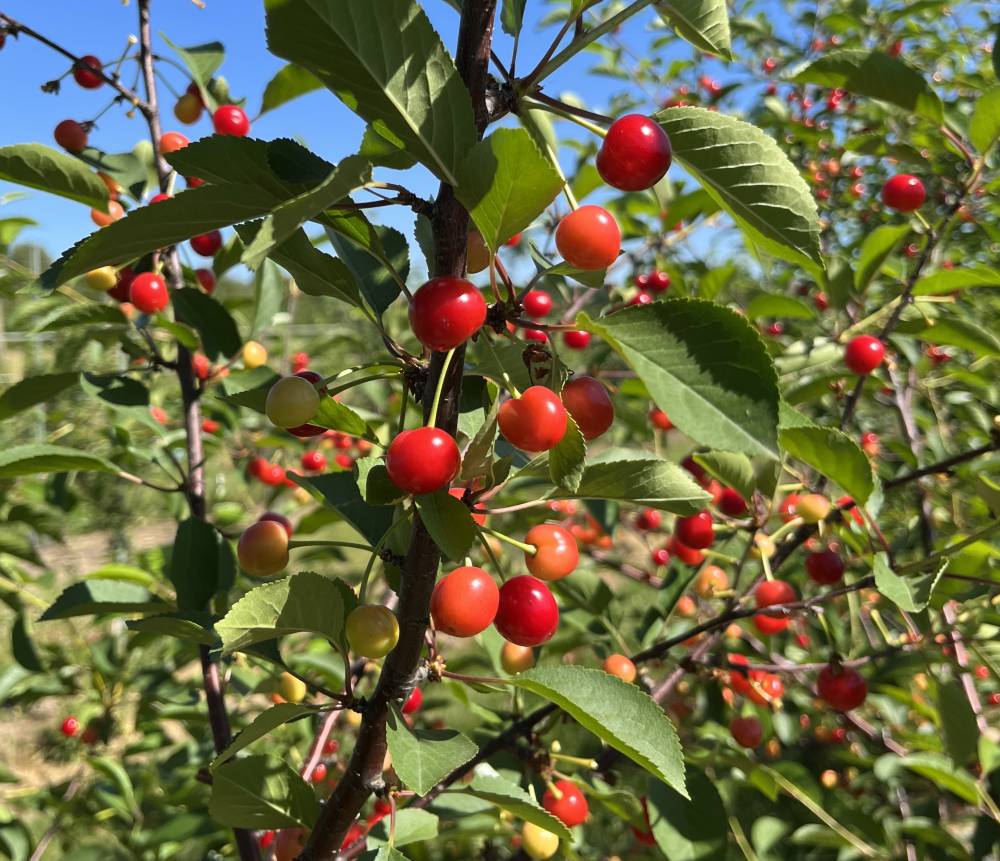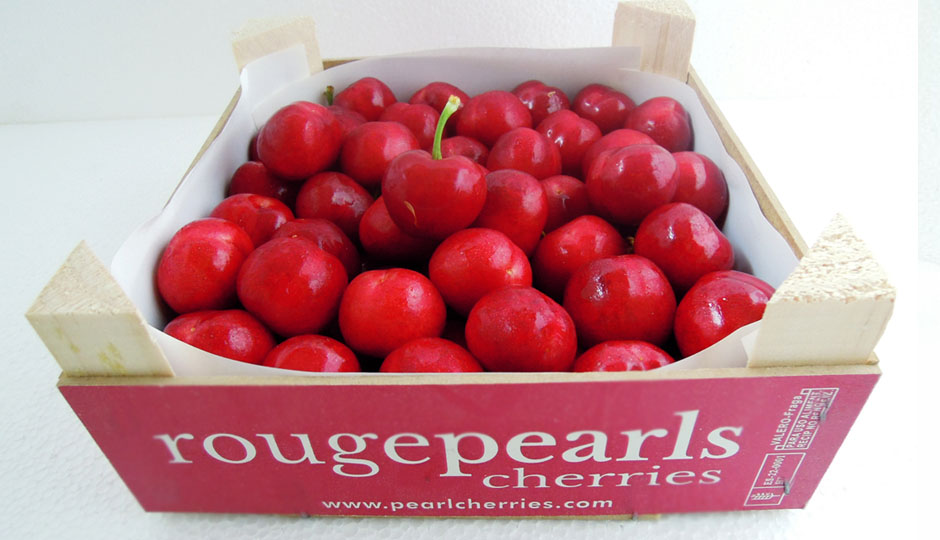For years, the Chilean cherry has been the ultimate symbol of export agriculture: a highly perishable product capable of seducing the world’s most demanding and distant market — China.
However, the boom of recent seasons may have reached a turning point, with signs raising questions about the balance between supply, demand, and systemic risks.
A risky surge
In the latest season, Chilean exports to China saw a 50% increase in the volume of cherries shipped. This leap raised more than a few red flags, especially given a market response from China that fell short of expectations.
Final data has yet to be released, but the widespread sentiment among producers is concern: for many, revenues won’t even cover their costs.
While the success of Chilean cherries is undeniable — consider the logistical complexity overcome to deliver fresh fruit 19,000 km (11,800 miles) away on time — a known risk is emerging: dependence on a single, massive market.
This also applies to a fruit that has won over Chinese consumers to become a symbol of prestige and a valuable gift during the Lunar New Year.
The rule of finite demand
There is no such thing as an agricultural product with infinite demand, yet the sector continues to bet as if that were the case. Chile currently has cherry plantations capable of producing up to 200 million potential boxes.
This is a staggering figure, expected to grow, but there’s a major unknown: can demand keep pace?
If not, the risk is clear: a structural surplus of supply that’s hard to redirect to other markets with the same speed and appeal.
This is where the geopolitical variable comes in: China is not just a market, but a context deeply influenced by the political dynamics of the Communist Party.
All it takes is a trade dispute — say, over steel or energy — to trigger a chain reaction in agri-food imports, as seen in past cases related to alleged COVID-19 contamination.
Strategy, not improvisation
The question many investors ask is: “What should we plant today?” There’s no absolute answer, but one guiding principle: focus on what you excel at.
The best variety isn’t necessarily the one with the highest margins right now, but the one where you can offer a lasting competitive advantage — whether through quality, harvest timing, or production efficiency.
Diversifying is key, of course, but even more important is to invest in what creates real added value.
Only in this way can a “sustainable agricultural boom” be built — one that lasts well beyond a single season.
Conclusion
The case of the Chilean cherry in China remains an extraordinary example of technical, organizational, and promotional capability.
But even the brightest successes must face the fundamental rules of agricultural economics.
The future of the sector will depend on the ability to read market signals in time, diversify trade routes, and invest in value — not just volume.
Sebastián Valdés Lutz
Ddirector of agro-industrial companies, Latinoamerica Vision Magazine
Source: latinoamerica.visionmagazine.com
Cherry Times - All rights reserved










